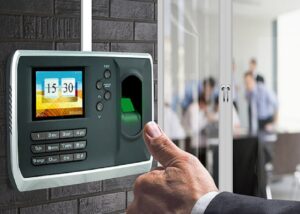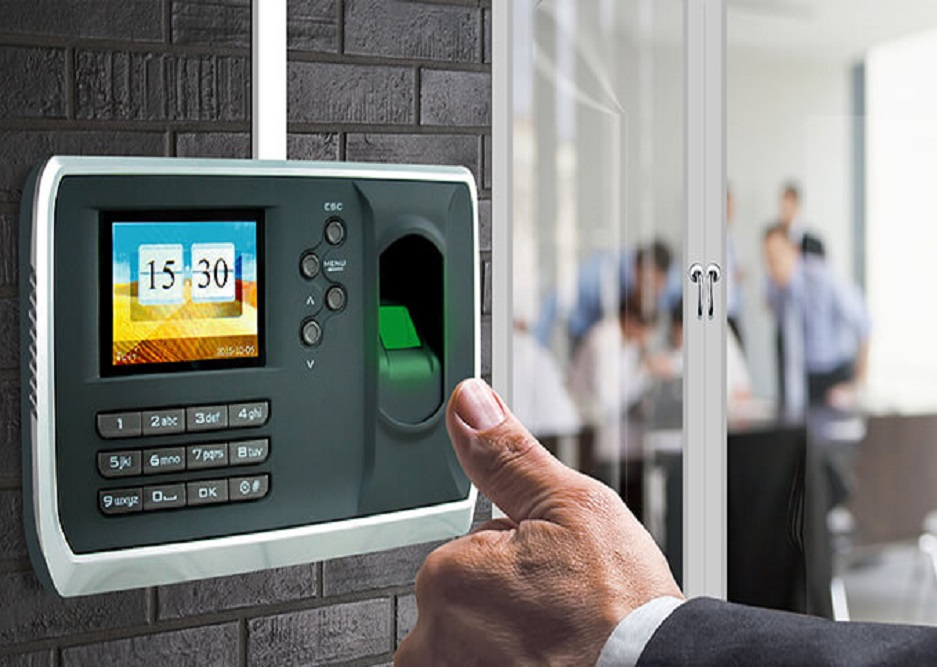Keeping track of employee hours using manual punch cards or Excel sheets is time-consuming, prone to error, and not exactly the most efficient way to run a business in 2025.
Yet, many small and medium-sized businesses in Malaysia still rely on outdated systems, not realising how much time and money they’re losing in the process. If that sounds like you, you’re not alone. But the good news is you don’t have to stay stuck with spreadsheets and signature logbooks.
Modern time and attendance systems in Malaysia are now more accessible, affordable, and powerful than ever, and switching over could be one of the smartest moves your business makes this year.
Why Time and Attendance Tracking Matters More Than You Think
Think about it: your people are your most important asset, and managing their time well isn’t just about cutting costs or checking who’s late.
It’s about:
- Payroll accuracy
- Productivity monitoring
- Leave and overtime tracking
- Compliance with employment laws
If your attendance data is messy, unclear, or unreliable, your HR and payroll processes will suffer—and that can lead to unhappy employees, compliance risks, and even financial penalties.
The Problems with Manual Attendance Systems
Let’s walk through some of the common pitfalls businesses face when using traditional timekeeping methods:
Inaccurate Records
When you’re relying on manual sign-ins, punch cards, or spreadsheets, you’re also relying on human honesty and memory. Mistakes happen—sometimes deliberately, sometimes not.
Buddy Punching
Employees clocking in or out on behalf of their friends? It happens more often than you’d think. Without a secure system, there’s no way to verify who’s really present.
Time-Consuming Payroll Processing
Without digital data, calculating hours worked, overtime, and leave takes ages. Your HR team may spend hours each week just preparing payroll.
Difficult to Track Leave and Absences
Keeping tabs on annual leave, medical certificates, or emergency leave requests can quickly get overwhelming, especially if your business is growing.
What Are Digital Time and Attendance Systems?
In a nutshell, a time and attendance system is a tool that helps you track when employees start and end their workday. But today’s digital systems go beyond just clocking in and out—they offer:
- Biometric or facial recognition check-ins
- Cloud-based dashboards
- Mobile apps for remote teams
- Automated syncing with payroll software
- Leave management and shift scheduling
With a good attendance-tracking system like Million, everything is tracked in real time and stored securely in one place.
How Digital Attendance Systems Benefit Malaysian SMEs
So, why should you consider upgrading? Here are just a few of the many reasons:
1. Greater Accuracy, Fewer Disputes
Say goodbye to disputes over hours worked or last-minute corrections. Digital systems provide tamper-proof records that can’t be changed without authorisation.
Employees and managers can also view their own attendance records, making everything more transparent.
2. Streamlined Payroll Processing
Most digital systems integrate directly with payroll software like AutoCount Payroll or SQL Payroll. That means:
- Overtime is calculated automatically
- Lateness and absences are flagged instantly
- Payslips are accurate the first time round
No more hours spent cross-checking attendance logs!
3. Compliance with Malaysian Labour Laws
With rules around maximum working hours, overtime eligibility, and public holidays, it’s critical that your time records are accurate and up-to-date. A digital system helps you:
- Stay compliant with the Employment Act 1955
- Keep proper records for audits or inspections
- Avoid penalties from mismanaged working hours
4. Improved Productivity and Accountability
When employees know that attendance is being tracked fairly and automatically, they’re more likely to stick to their schedules. Plus, you get to see useful patterns like:
- Who’s frequently late or absent
- Which teams are logging excessive overtime
- When staffing levels are too high or low
That data helps you make smarter decisions.
5. Supports Digital Grant Eligibility
If you’re applying for the SME Digitalisation Grant or other government support schemes, implementing a time and attendance system could:
- Strengthen your application
- Count towards your digital transformation goals
- Be partially funded under approved software providers
Always check if your chosen system is on the MDEC-approved vendor list!
What to Consider Before Choosing a System
Before jumping in, ask yourself:
- Do you need biometric security (e.g. fingerprint/facial recognition)?
- Do your employees work remotely or across multiple sites?
- Do you already use payroll software, and does the system integrate with it?
- Is the software eligible for government grants or support?
- How user-friendly is it for your HR/admin team?
Also, ask the vendor for a demo or trial version so you can test it out with your team before committing.
Final Thoughts
Digital time and attendance systems aren’t just for big corporations anymore. For Malaysian SMEs, they’re becoming a vital tool for reducing admin workload, ensuring compliance, and improving day-to-day operations.
Making the switch from manual logs to digital accuracy may seem like a small step—but it can make a big difference in how smoothly your business runs.
So if you’re still relying on Excel sheets, punch cards, or handwritten attendance logs, maybe it’s time to ask yourself:
“Is our current system helping us grow—or holding us back?”
















